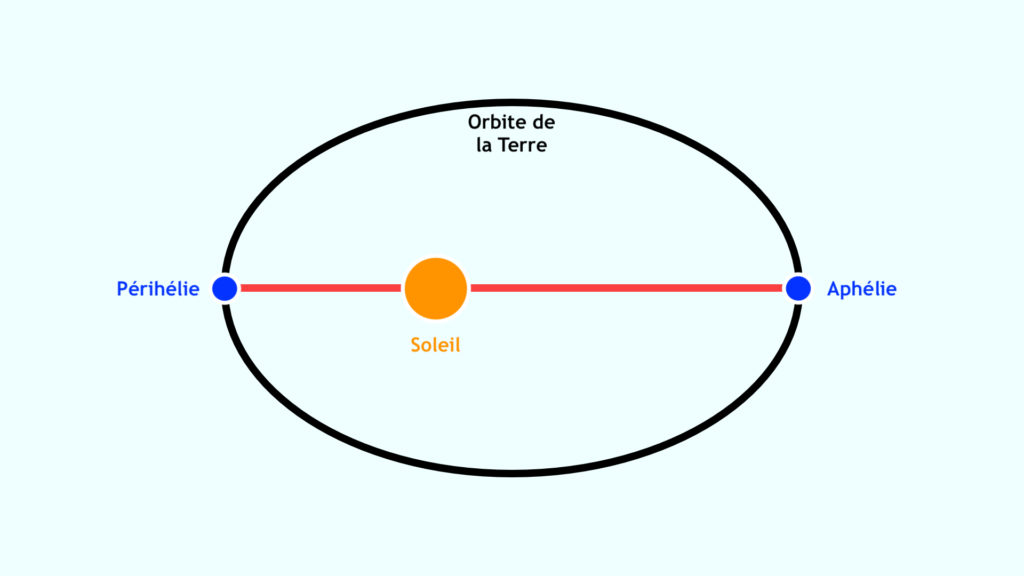The Earth passes perihelion on Wednesday January 3, 2024. What does this astronomical phenomenon mean? Its explanation is based on the distance that separates our planet and the Sun.
Planet Earth passes perihelion on Wednesday January 3, 2024. But there is no need to scan the sky to understand what this expression means: even if the event is indicated in most astronomical calendars, there is no celestial spectacle to observe. So what is it all about? Perihelion refers to the point in the trajectory of an object at which its distance from the Sun is minimum. By extension, perihelion also designates the moment when the object reaches this point.
How far is Earth from the Sun? On January 3 at 1:38 a.m. (French legal time), our planet is approximately 147 million kilometers from the star, indicates the Institute of Celestial Mechanics and Ephemeris Calculation (IMCCE) — very exactly, 147,100,632 km.
The date of perihelion may vary depending on the year
The Earth is usually at perihelion around January 4. However, the precise date and time of its passage through this point vary slightly from year to year, for several reasons. This is particularly linked to the characteristics of our calendar (a calendar year of 365 days does not quite correspond to the time taken for one revolution of the Earth around the Sun).
The antonym of perihelion is aphelion, that is to say the point in the orbit of a body where its distance from the Sun is maximum: for the Earth, the distance from the Sun is then approximately 152 million kilometers. This year, aphelion will occur on July 5th.

The diagram above simplifies the Earth’s orbit around the Sun, to clearly show what perihelion and aphelion correspond to. Earth’s orbit around the Sun is actually much more like a circle.
Are you wondering why we are in winter when the Earth is closest to the Sun during perihelion? Do not hesitate to read our article on the origin of the seasons (which are not explained by the distance between the Earth and the Sun, contrary to popular belief).
Earth is not the only body that passes through perihelion and aphelion in the solar system. This is also the case for planets and dwarf planets. When our neighbor Mars passes perihelion, for example, it is about 206 million kilometers away. During its aphelion, the red planet is 249 million kilometers from the Sun.
If you liked this article, you will like the following: don’t miss them by subscribing to Numerama on Google News.
